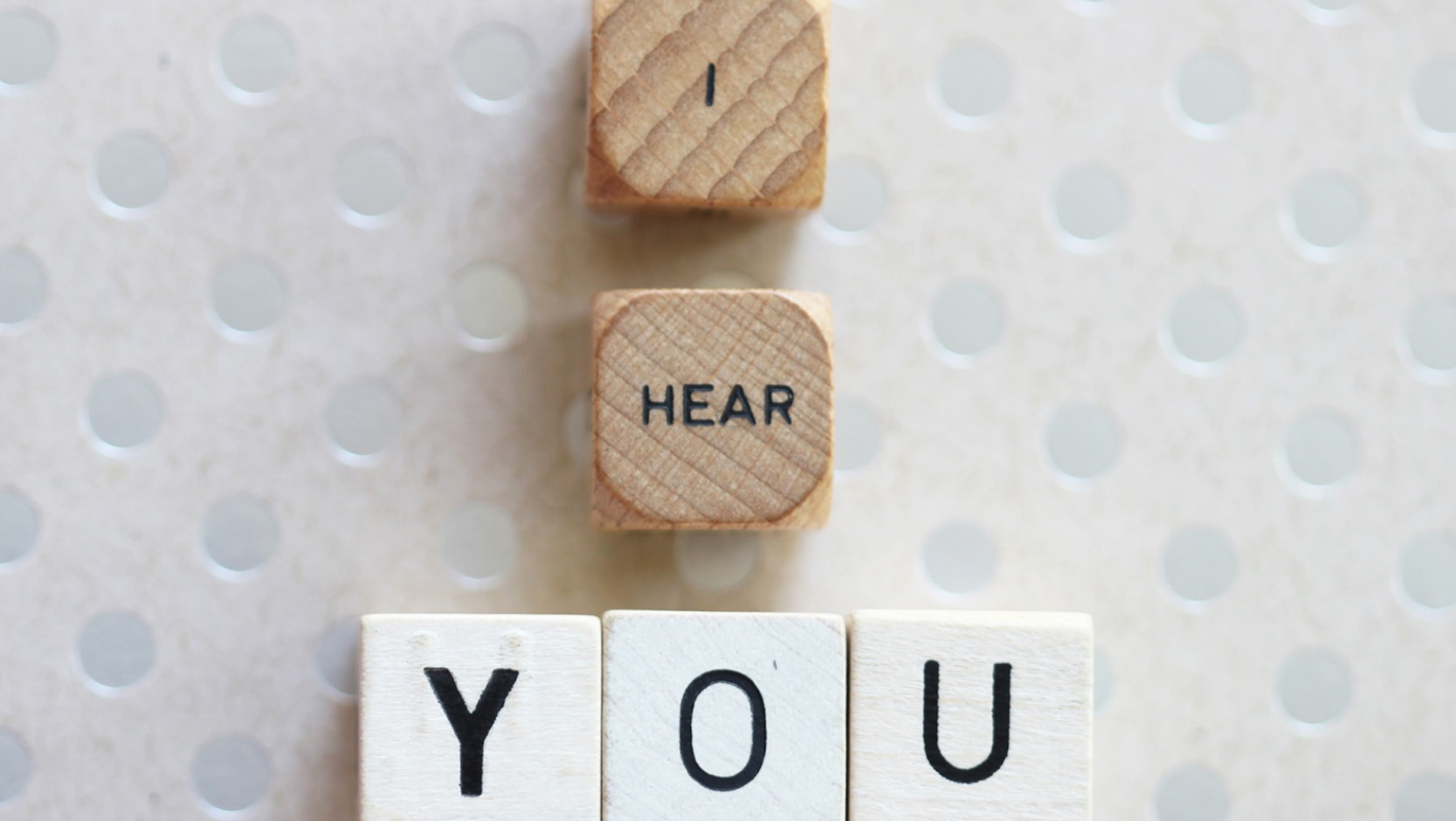The world of hearing aids has experienced remarkable advancements in recent years, transforming the perception and experience of wearing these devices. Their modern design has evolved to offer discreet, stylish, and comfortable options that cater to the diverse needs and preferences of individuals with hearing loss. This post explores the exciting advances in the design of these devices, focusing on the innovative features, aesthetics, and ergonomic considerations that have revolutionized the way we perceive and utilize these devices.
The Evolution of Hearing Aid Design
These auditory devices have come a long way from their bulky and conspicuous predecessors. Today, thanks to advances in miniaturization and digital technology, manufacturers like Audien Hearing and Oticon now offer smaller and more discreet devices that blend seamlessly with one’s appearance. The miniaturization of components has allowed for sleeker and more compact designs, making them almost invisible when worn.
In addition to their discreetness, contemporary units are designed with aesthetics in mind. They are available in a range of colors, finishes, and styles to match individual preferences and lifestyles. From behind-the-ear (BTE) to in-the-ear (ITE) and completely-in-the-canal (CIC) options, there are diverse choices that offer varying levels of visibility and comfort.
Advances in materials and manufacturing techniques have also contributed to the enhanced comfort of modern assistive hearing devices. The use of lightweight and hypoallergenic materials ensures a comfortable fit, reducing irritation and pressure on the ears. Custom-made units are now crafted using digital scanning and 3D printing technologies, resulting in precise and personalized devices that fit snugly in the ear canal.
Comfort and usability are also prioritized in the design of these products. Ventilation systems ensure proper airflow, reducing the sensation of occlusion or the feeling of a blocked ear. Ergonomic shapes and contours improve the fit and reduce discomfort during prolonged use. Additionally, moisture and dust resistance features enhance durability and reliability, allowing the units to withstand various environmental conditions.
Innovative Features and Functionality
Beyond their discreet appearance, modern models now boast a wide array of innovative features and functionalities. Digital technology has revolutionized the way these hearing devices process sound, offering improved speech clarity, noise reduction, and feedback management. Advanced signal processing algorithms enhance speech intelligibility in various listening environments, allowing wearers to participate fully in conversations and enjoy their favorite activities.
Connectivity options have also become standard in many modern models. Bluetooth technology enables seamless wireless connectivity with smartphones, tablets, and other devices, allowing wearers to stream audio directly to the unit. This feature not only improves listening experiences but also facilitates hands-free phone calls and audio streaming for music or multimedia content.
Another notable advancement is the development of rechargeable models. With integrated rechargeable batteries, wearers can enjoy the convenience of simply placing their units on a charging dock overnight, eliminating the need to constantly replace disposable batteries.

Furthermore, some brands now incorporate artificial intelligence (AI) and machine learning capabilities. These intelligent systems continuously adapt and optimize sound processing based on the wearer’s preferences and environment. AI-powered features can automatically adjust settings in different listening situations, analyze sound patterns, and even provide personalized insights and usage data.
Designing for User-Friendly Experiences
Designing hearing aids with user-friendly experiences in mind is a key focus of manufacturers. Their control interfaces have become more intuitive, with buttons, dials, or touch-sensitive surfaces that allow wearers to adjust volume and switch between programs easily. Some models even offer smartphone apps for remote control, enabling wearers to personalize their hearing experience discreetly.
Custom-made units are now available and designed using digital scanning and 3D printing technologies. This enables precise and personalized devices that fit snugly in the ear canal, providing an exceptionally comfortable fit. You can also complete this online hearing test at home to see what kind of hearing aid would best suit you. For instance, some people need a device with specific features and functionalities, while others may simply want a sleek design that matches their personal style.
Advances in hearing aid design have transformed these devices into discreet, stylish, and comfortable companions for individuals with hearing loss. With smaller sizes, customizable styles, and advanced features, these modern and improved devices blend seamlessly into one’s appearance while providing improved sound quality and user-friendly experiences. As technology continues to evolve, we can expect further innovations in their design that enhance usability, aesthetics, and overall satisfaction, empowering individuals to embrace their hearing solutions with confidence and convenience.
